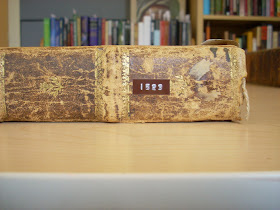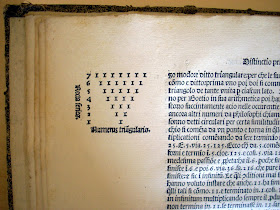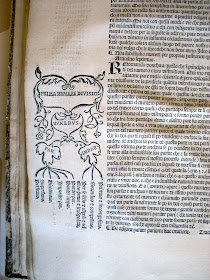

With a friend I set off on a cold foggy San Francisco Sunday afternoon to walk up Market Street and then climb several small winding streets up over the crest of Eureka Valley, to emerge at the top of steep Buena Vista Park, a wilderness that looms above the Haight.


Buena Vista Park from the back has kind of a grubby nondescript entrance, but then shortly afterward we stumbled into this sudden woodland and one of us said, "Where are the Hobbits?"


Later, on my own, over on California Street, I saw this spontaneous composition. It is a city of visual riches wherever you go, and that is a fact.














































